- Snowfeet*のようなコンパクトギアは航空旅行をより簡単にします。短くて軽いデザインは標準的な荷物に収まり、超過手荷物料金を節約します。
- シングルスキーバッグは1~2ペアのSnowfeet*ギアにぴったりで、ダブルバッグは二人分の荷物やブーツやアクセサリーの追加スペースが必要な場合に適しています。
- キャスター付きバッグは重いセットアップや空港での長い移動に最適ですが、キャスターなしバッグは軽量で安価、コンパクトなギアに理想的です。
重要なポイント:スキーバッグはギアのサイズ、旅行のニーズ、航空会社の規則に合わせましょう。Snowfeet*ユーザーは従来のスキー装備のかさばりや手数料を避けつつ、ギアを安全かつ携帯しやすく保てます。:)
すべてを分かりやすく解説しましょう。
今年のトップ7スキーバッグ:あなたのギアを究極に保護
シングル vs. ダブルスキーバッグ:どちらがより良い?
Snowfeet*のコンパクトで軽量なデザインに関しては、適切なバッグが携帯性やコスト節約に大きな違いをもたらします。シングルとダブルのスキーバッグの選択は、持ち運ぶギアの量とどれだけ携帯性が必要かにかかっています。特にSnowfeet*のようなコンパクトなギアと従来の長いスキーを比較すると、それぞれの選択肢には利点があります。あなたの決定は保護と費用、特に面倒な航空会社の手数料にも影響します。
これら二種類のスキーバッグが重量と容量の面でどのように比較されるかを分解して、最適な選択をするのに役立てましょう。
シングルとダブルスキーバッグの比較
シングルスキーバッグはスキー1組用に設計されており、ダブルバッグは2組収納可能です。この単純な違いが、空港での移動のしやすさや手荷物料金に大きく影響します。
ここで重量が重要になります:例えば、Atomic Ski Bagの重さはわずか2.8ポンドで、Dakine Ski Sleeveはさらに軽く1.4ポンドです。一方、ダブルバッグはより重くなります。例えば、Dakine Fall Lineは6.2ポンド、Sportube Series 2 Hard Sided Rollerは11.8ポンドです。シングルバッグはよりコンパクトで扱いやすいですが、ダブルバッグはより広々としているものの、航空会社の重量制限(通常スキーバッグは50〜70ポンド)に近づきやすいです。
Snowfeet* 製品に最適なバッグタイプ
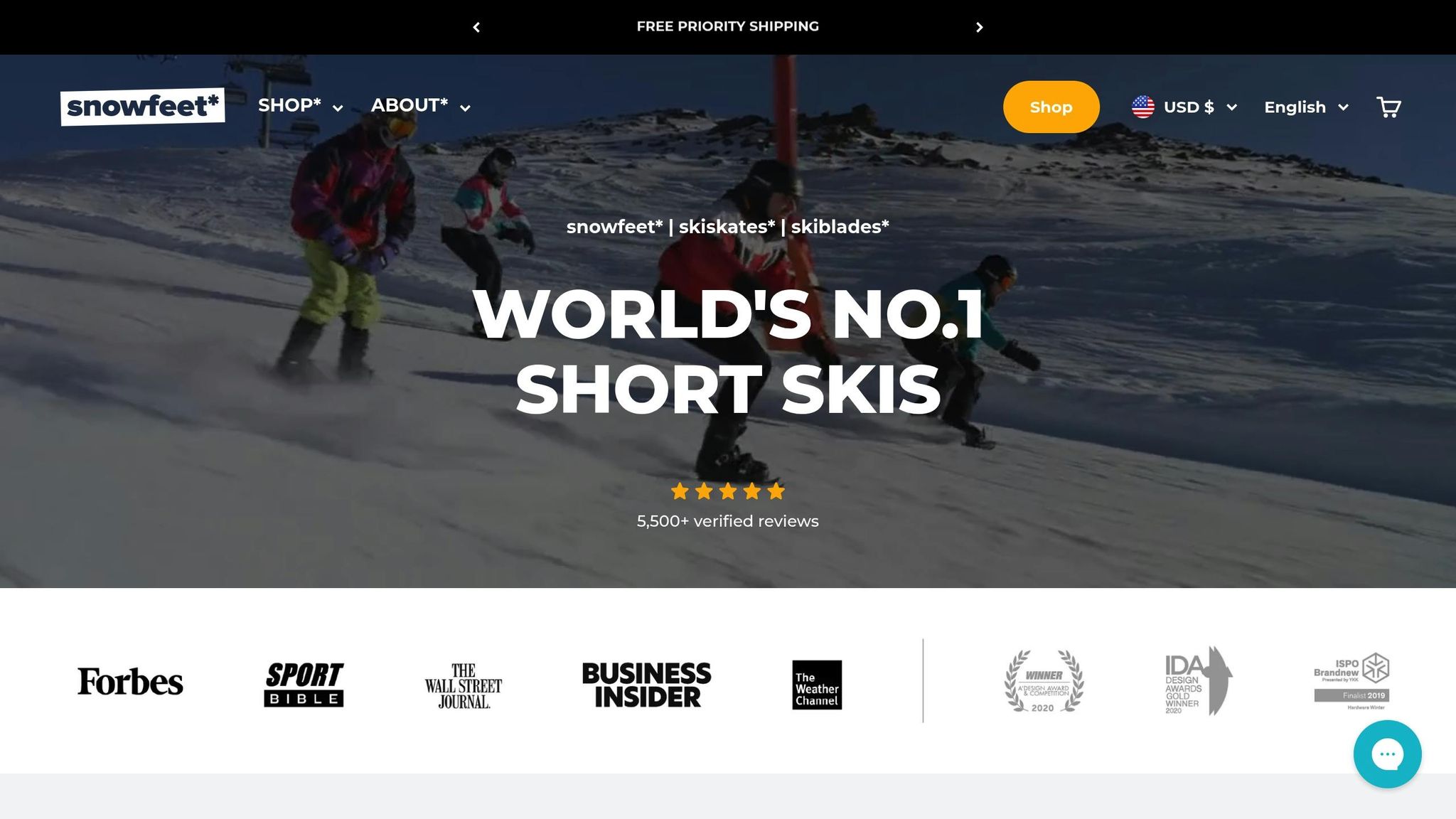
Snowfeet* ギアの場合、シングルバッグが通常おすすめです。Snowfeet* Skibladesはわずか65cm(25インチ)、Skiskatesはさらに小さく44cm(17インチ)です。これを150〜180cm(59〜71インチ)の伝統的なスキーと比較すると、Snowfeet* ギアがいかにスペースを取らないかがわかります。
このコンパクトなサイズには興味深い利点があります:伝統的なスキー1組用に設計されたシングルバッグ(例えば、最大190cmのスキーに対応するDakine Ski Sleeve)は、実際にはSnowfeet* Mini Ski Skates(38cm/15インチ)を2組、あるいは3組も収納できるかもしれません。さらに、Snowfeet* ギアは通常のスキーセットアップよりもはるかに軽いため、航空会社の重量制限に引っかかる可能性が低くなります。それでも、パートナーと一緒に旅行する場合やブーツやポールのために追加スペースが必要な場合は、ダブルバッグを検討する価値があります。
さらにわかりやすくするための簡単な並列比較はこちらです:
シングル vs. ダブルスキーバッグ:クイック比較
| 特徴 | シングルスキーバッグ | ダブルスキーバッグ |
|---|---|---|
| 容量 | スキー1セットまたはスノーボード1枚 | スキー2セットまたは複数のスノーボード |
| 重量 | 軽量(1.4~6ポンド) | 重め(6.2~11.8ポンド) |
| 空港での取り扱い | 持ち運びやすく操作も簡単 | かさばるが、多くはホイール付き |
| 航空会社の重量リスク | 制限超過のリスクが低い | 50~70ポンドの制限に達するリスクが高い |
| Snowfeetに理想的* | 1~2セットのコンパクトなギアにぴったり | グループ旅行や追加アクセサリーに最適 |
| 保護レベル | 適度なパッド | より多くのパッドと追加のコンパートメント |
Snowfeet*のギアで一人旅なら、シングルバッグでシンプルかつストレスフリー。でも二人分やアクセサリーを多く持つなら、ダブルバッグが旅に最適かもしれません。
ホイール付き vs. ホイールなしスキーバッグ:簡単な運搬 vs. 軽量
ホイール付きとホイールなしのスキーバッグを選ぶ際、持ち運ぶギアが大きな役割を果たします。従来のスキーセットは重くなりがちで、ホイール付きバッグはまさに救世主です。一方、Snowfeet*のギアは超ポータブルで、長い空港での移動も自由自在。旅行のための携帯性と利便性のバランスを見つけることが大切です。
なぜホイール付きスキーバッグが便利なのか
重いギアを運んだり、混雑したターミナルで長距離を移動したりする場合は、車輪付きスキーバッグが頼りになります。複数のSnowfeet*ギアや追加アイテムを詰めるなら、車輪が肩の負担を軽減します。さらに、多くの車輪付きバッグには伸縮ハンドルが付いており、乗り継ぎやラッシュ時の空港内をスムーズに移動できます。欠点は、車輪なしバッグより重く、ギアがすでに軽量の場合は過剰に感じることです。
車輪なしバッグが適している場合
Snowfeet*ギアには車輪なしバッグが最適です。Snowfeet* Mini Ski Skatesのコンパクトなデザインにより、軽量バッグで持ち運ぶのは小さなダッフルバッグを持つような感覚です。これらのバッグは軽く、財布に優しく、航空会社の重量制限も節約できます。さらに、折りたたんで平らにできるので、使わないときの収納も簡単です。
Snowfeet*ギアは非常にコンパクトなので、従来のスキーに必要なバッグよりも小さいバッグを選べます。これにより、飛行機の通路を楽に移動でき、オーバーヘッドビンにバッグを収納しやすくなります。
車輪付きバッグと車輪なしバッグの比較
| 特徴 | 車輪付きバッグ | 車輪なしバッグ |
|---|---|---|
| 最適な用途 | 重いセットアップと長距離の歩行 | 軽量なSnowfeet*ギアとお得な旅行 |
| 重量 | 車輪のため重くなる | 超軽量で持ち運びが簡単 |
| 空港での移動性 | ターミナル内を転がせる | 手で持ち運びが必要 |
| 空のときの収納 | かさばる構造 | 簡単に収納できるように平らに折りたためます |
| 価格帯 | 高価 | 予算に優しい |
| 耐久性 | 追加の保護のためにハードサイドであることが多い | ソフトサイドだが十分な保護力がある |
| 航空会社の対応 | サイズによっては預け入れが必要な場合もある | 軽装であれば機内持ち込みとして使えることが多い |
sbb-itb-17ade95
ギアを守るための重要なバッグの特徴
航空旅行においては、ギアの保護は絶対に譲れません。Snowfeet*ユーザーにとって、ギアはコンパクトでも、適切な保護機能を備えたバッグを持つことが投資を守る鍵です。Snowfeet*ギアに最適なバッグのポイントを詳しく見ていきましょう。
保護のための強力な素材とパッド
信頼できるスキーバッグの基盤は、頑丈な外殻としっかりしたパッドの組み合わせです。耐久性が高く、裂けにくい生地で作られたバッグを選びましょう。これらの素材は乱暴な扱いにも耐え、裂けや穴あき、さらには湿気にも強いです。
パッドはギアを損傷から本当に守るものです。最高のスキーバッグは「360°完全パッド保護」を提供し、ギアを上下だけでなく全方向からクッションで包みます。この全方位パッドはコンパクトなSnowfeet*ギアに特に重要で、輸送中の衝撃を吸収し安全を確保します。
耐久性のあるハードウェアも必須です。頑丈なジッパーと補強されたバックルがバッグをしっかり閉じ、ハードシェルの端やフルハードシェルデザインがバインディングやエッジなどの繊細な部分をさらに保護します。
ショートスキーに適したサイズの選び方
Snowfeet*ギアの利点の一つはそのコンパクトなサイズで、適切なバッグを見つけるのがずっと簡単です。7フィートまでの長さが必要な従来のスキーとは異なり、Snowfeet*製品ははるかに扱いやすいサイズに収まります。例えば、Snowfeet* Mini Ski Skatesはわずか15インチ(38cm)なので、かさばるバッグは必要ありません。
適切なサイズを選ぶことは、ギアを安全に保つために非常に重要です。大きすぎるバッグは中でギアが動いてしまい、損傷のリスクが高まります。約26インチ(65cm)のSnowfeet* Skibladesには28~30インチのバッグが理想的です。約17インチ(44cm)のSkiskatesには20~22インチのバッグがぴったりです。さらにコンパクトなサイズなので、複数のペアを一つのバッグにまとめて収納でき、手荷物料金を節約し、空港での移動も楽になります。
しかし、サイズやパッドだけが考慮すべき点ではありません。スマートなデザイン機能があなたのバッグを次のレベルに引き上げます。
旅行をより快適にする追加機能
一部のバッグには、Snowfeet* ギアとの旅行をさらに便利にする追加機能があります。ブーツ、ヘルメット、衣類用の仕切り付きコンパートメントで整理整頓がしやすく、スペースを最大限に活用できます。
外部ポケットは、ワックス、ゴーグル、工具などの小物を手元に置くのに最適です。コンプレッションストラップはもう一つの便利な機能で、移動中のギアのずれを最小限に抑えるためにバッグを締め付けられます。また、航空会社のサイズ制限内に収めるのにも役立ちます。
最後に、強化されたハンドルとストラップでギアの持ち運びがより簡単に。高品質なハンドルは重量を均等に分散し、繰り返しの使用に耐えるため、Snowfeet* ギアを他のアイテムと一緒にストレスなく持ち運べます。
| 保護機能 | 重要な理由 | Snowfeet* ギアに最適 |
|---|---|---|
| 厚手のパッド | 乱暴な扱いからの衝撃を吸収 | すべてのモデルに必須 |
| 耐水性素材 | 湿気によるダメージから保護 | ギアを最高の状態に保つ |
| 内部ストラップ | ギアのずれを防止 | コンパクトな装備に不可欠 |
| 強化ジッパー | バッグをしっかり閉じたままに保つ | 頻繁な使用に対応 |
| 仕切り付きコンパートメント | ギアを整理し、傷を防ぐ | パッキング効率を最大化 |
Snowfeet*ギアなら、大きくてかさばるバッグを持ち運ぶ必要はありません。ギアのコンパクトさとスマートなバッグ設計が組み合わさり、旅行がより簡単で効率的になり、ギアも保護されます。
米国航空会社の規則とパッキングのコツ
Snowfeet*ギアは米国航空会社のサイズと重量制限にきちんと収まるよう設計されており、従来のスキー機材に伴う大型手荷物料金を回避できます。これにより、Snowfeet*ギアでの旅行がずっと楽で安くなります。
米国航空会社のスキー用品許容量
米国の航空会社はスポーツ用品のサイズと重量に明確な規定があります。従来のスキーはこれらの制限を超えることが多く、追加料金が発生します。しかしSnowfeet*ははるかに小さく軽いため、標準的な手荷物許容量に収まります。とはいえ、旅行前に航空会社の最新ポリシーを必ず確認することをおすすめします。
Snowfeet*ギアの賢いパッキング方法
Snowfeet*ギアのパッキングは簡単です。頑丈で整理されたバッグを使い、内部ストラップで全てをしっかり固定しましょう。コンパクトなサイズのおかげで効率的にパッキングでき、すべてのギアをひとつのバッグにまとめてスペースと手間を節約できるかもしれません。
Snowfeet*が手荷物料金を節約する仕組み
Snowfeet*なら、従来のスキーギアに伴う大型手荷物料金を回避できます。小型で軽量なデザインは手数料を減らし、頻繁に旅行する人や複数の大型バッグに料金を払う家族にとって大きなメリットです。財布にも旅行計画にも賢い選択です。
結論:ギアに合ったスキーバッグを選ぼう
適切なスキーバッグを選ぶには、ギアのサイズとニーズに実用的な機能を合わせることが重要です。Snowfeet*ユーザーなら、6フィートの長いスキーを運ぶ従来のスキーヤーに比べてすでに一歩リードしています。
Snowfeet*製品、例えば38cmのMini Ski Skatesや65cmのSkibladesはコンパクトでパッキングが簡単です。これにより、大きすぎるダブルスキーバッグと格闘する代わりに、ひとつのパッド入りバッグを見つけることに集中できます。頑丈でパッド入りのバッグはギアを守るだけでなく、旅行をより簡単で経済的にします。
複数のペアや追加ギアを持ち運ぶ場合は、キャスター付きバッグが最適です。空港でバッグを転がすのは楽で、わずかな重量増は利便性に見合います。特にSnowfeet*ギアなら、従来のスキー機材に伴う高額な手荷物料金を回避できるのでなおさらです。
選ぶバッグは、Snowfeet*モデルにぴったり合い、十分なパッドと内部ストラップでしっかり固定できるものを選びましょう。このスマートなセットアップは、従来のスキーバッグの面倒さとは大違いです。
Snowfeet*なら、従来のギアの高額な手数料やかさばる荷物の悩みを回避できます。コンパクトなデザインは標準的な手荷物許容量に簡単に収まり、旅行をスムーズでストレスフリーにします。
よくある質問
Snowfeetギアはなぜ航空旅行に従来のスキーより優れているのですか?
Snowfeetギアはそのコンパクトで軽量なデザインのおかげで航空旅行のゲームチェンジャーです。従来のスキーを運ぶよりもパッキングがずっと楽になります。大きすぎるギアと格闘する代わりに、短いスキー、スキブレード、Skiskatesを簡単に荷物に収納でき、楽しさや性能を犠牲にしません。
もう一つの大きな利点は?Snowfeetギアは使いやすく超多用途で、初心者や混雑した斜面を移動する人に最適です。小さいサイズは操作性が良く、山でのターンや混雑した場所の移動もストレスフリーに楽しめます。短い週末の逃避行でも長期の冒険でも、Snowfeetギアはシンプルで携帯しやすく、楽しみに集中できます。
Snowfeetギアの旅行にはシングルスキーバッグとダブルスキーバッグのどちらを選ぶべきですか?
Snowfeetギア用にシングルかダブルのスキーバッグを選ぶ際は、旅行計画とSnowfeet製品のコンパクトなサイズを考慮しましょう。SnowfeetのスキブレードとSkiskatesは従来のスキーよりずっと小さく軽いため、シングルスキーバッグは航空旅行に賢い選択です。持ち運びやすく、航空会社の重量制限内に収まり、ギアを十分に保護します。
かさばる機材や従来のスキーを詰めるなら、ダブルスキーバッグが余裕のあるスペースを提供するかもしれません。しかしほとんどのSnowfeetユーザーにとっては、軽量で旅行に適したデザインがシングルスキーバッグのシンプルさと携帯性にぴったり合います。
飛行機でSnowfeetギアを保護し、簡単に運ぶためのスキーバッグに何を求めるべきですか?
Snowfeetギアを飛行機で運ぶ際は、適切なスキーバッグ選びが重要です。丈夫で保護力があり、持ち運びやすいものを選びましょう。耐久性があり防水性のある素材で作られ、厚手のパッドがSnowfeetのスキブレード(65cm)やSkiskates(44cm)を衝撃や傷から守ります。補強されたソフトシェルまたはハードシェルデザインはさらに保護力を高め、しっかりしたストラップと仕切りで中身を整理し固定します。
ストレスフリーな旅行には、車輪と人間工学に基づいたハンドル付きのバッグがおすすめです。混雑した空港での大きな助けになります。コンパクトなSnowfeetギアにぴったりのサイズであることを確認しましょう。これはかさばるスキーやスノーボードよりもずっと運びやすいです。特に車輪付きバッグは負担を軽減し、Snowfeetの軽量ギアの移動を簡単にします。







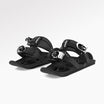

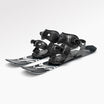
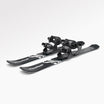

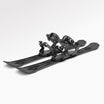

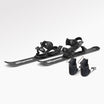






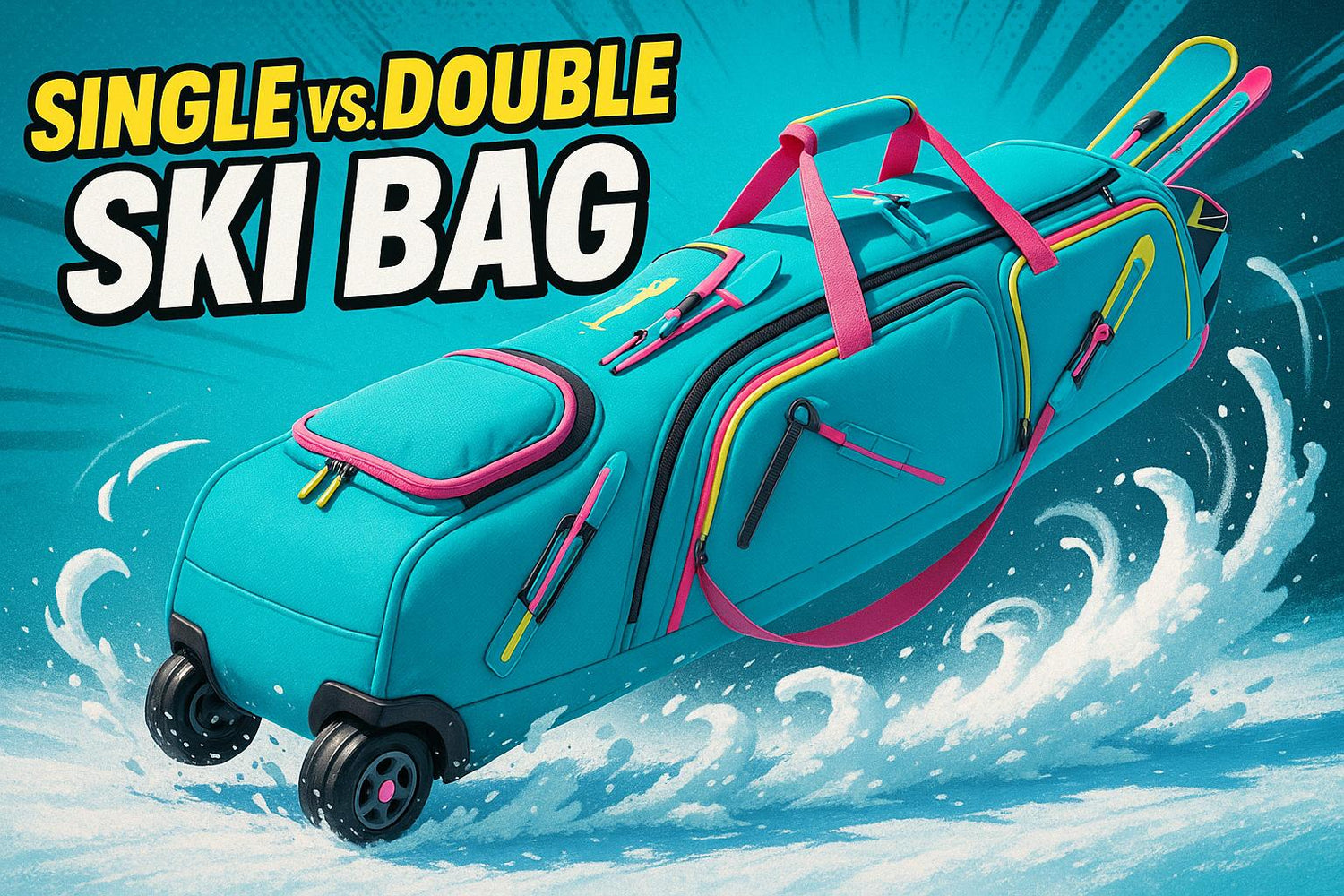
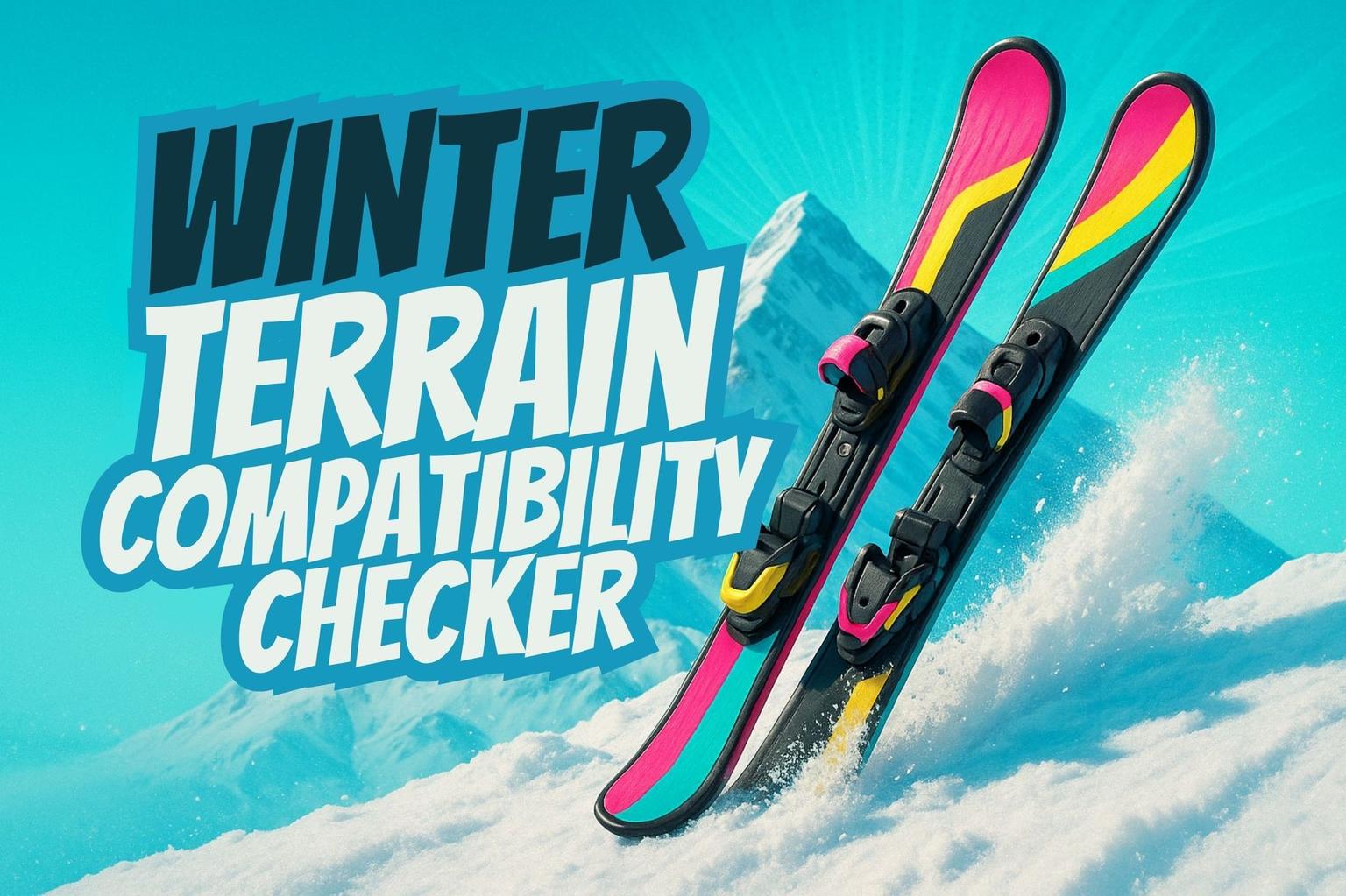
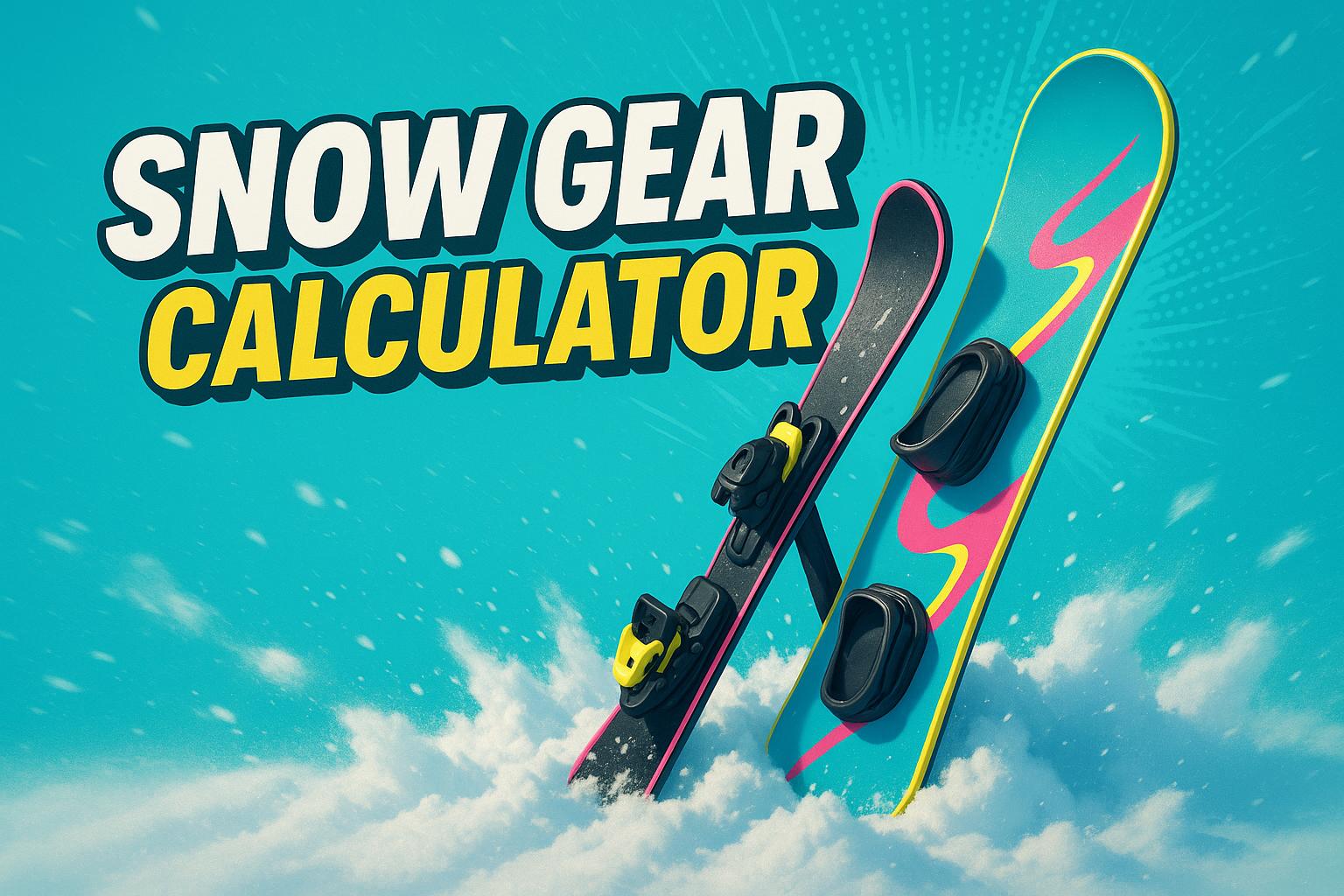

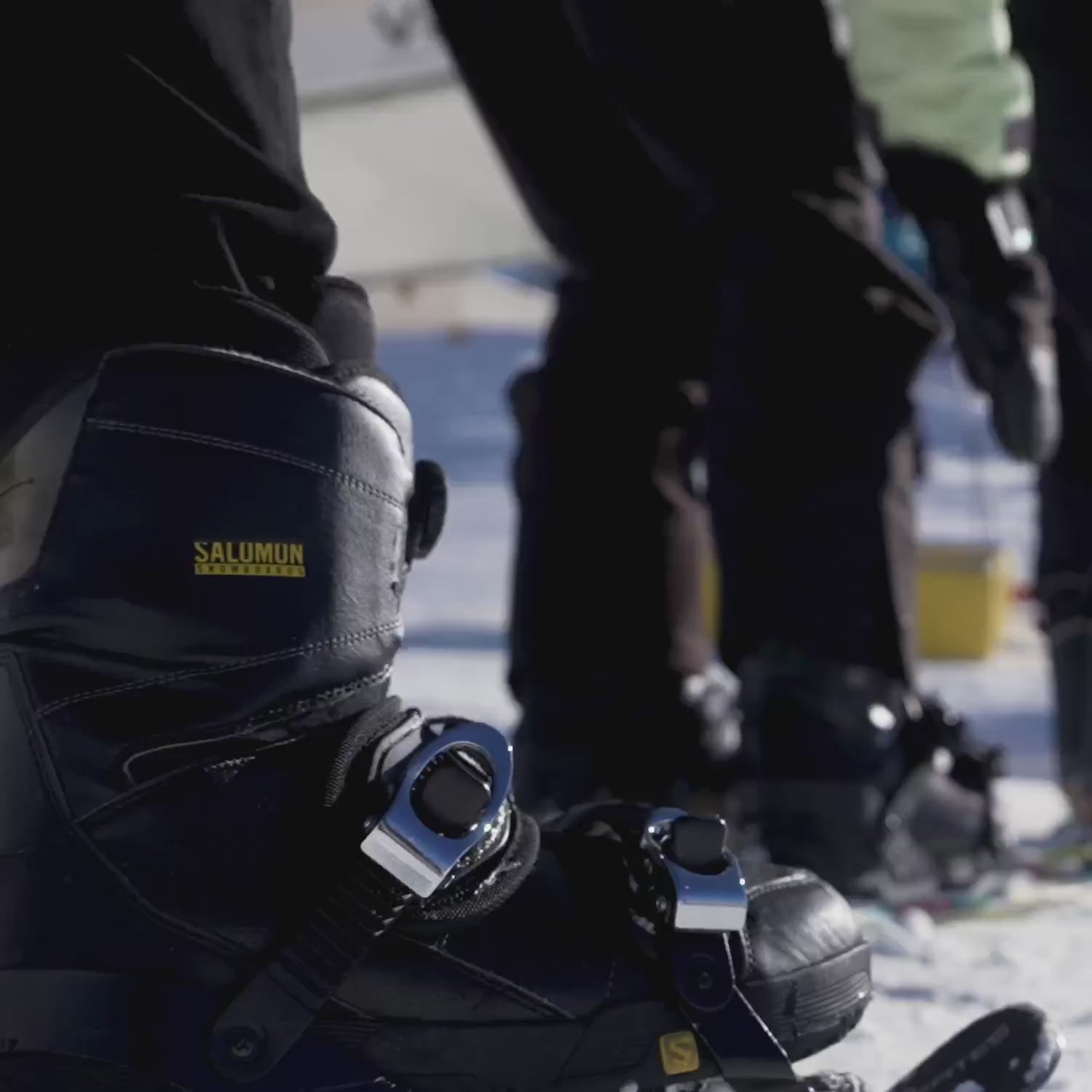

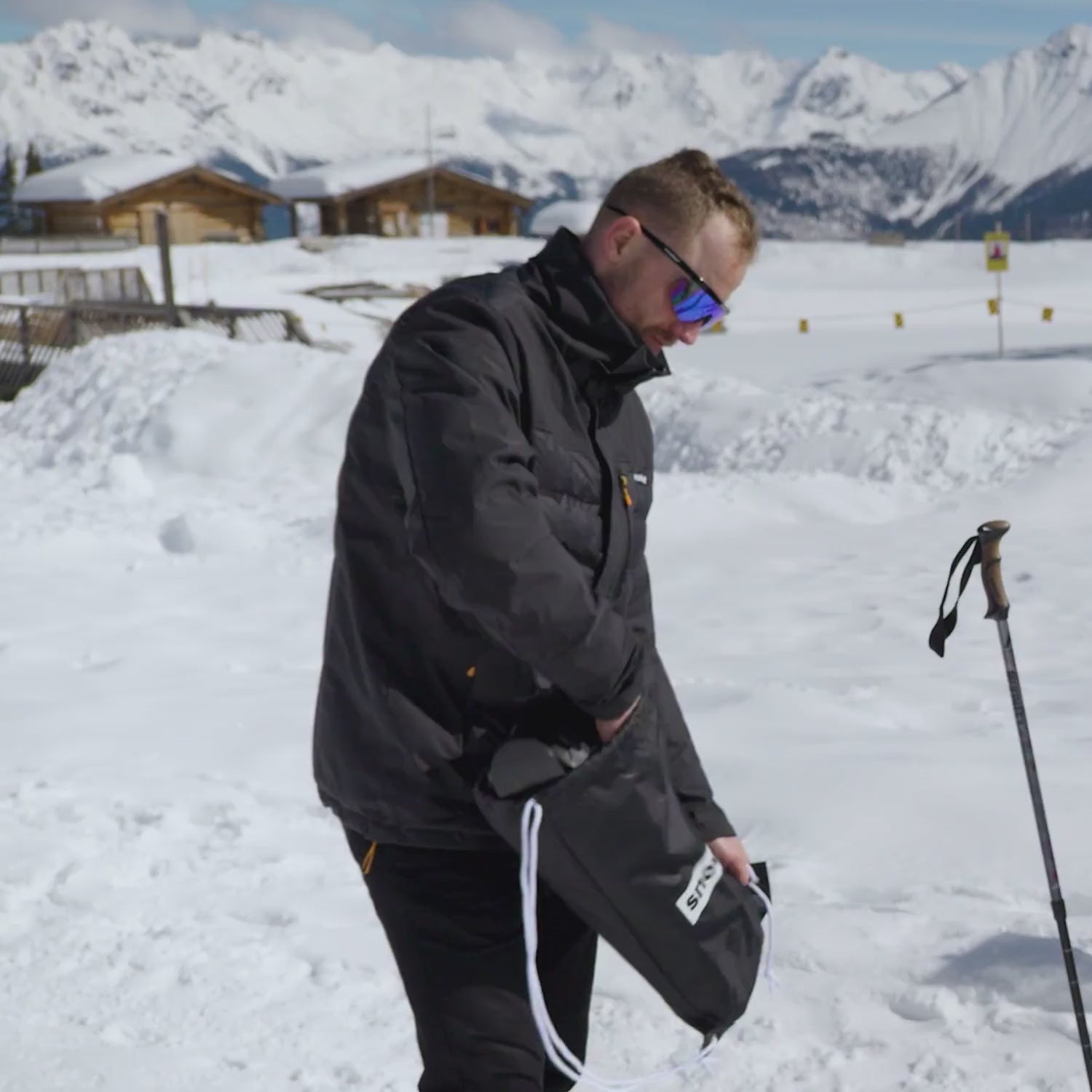
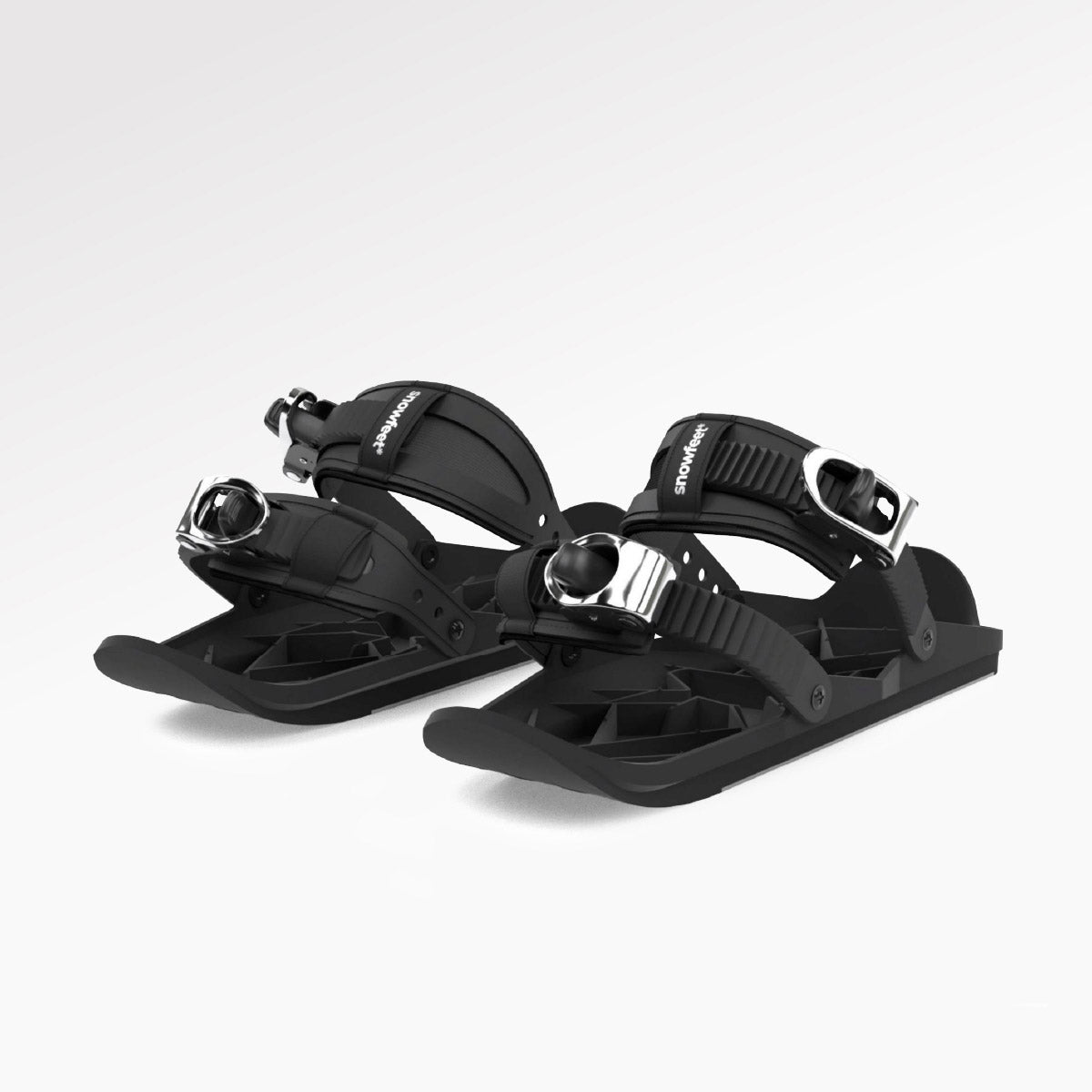
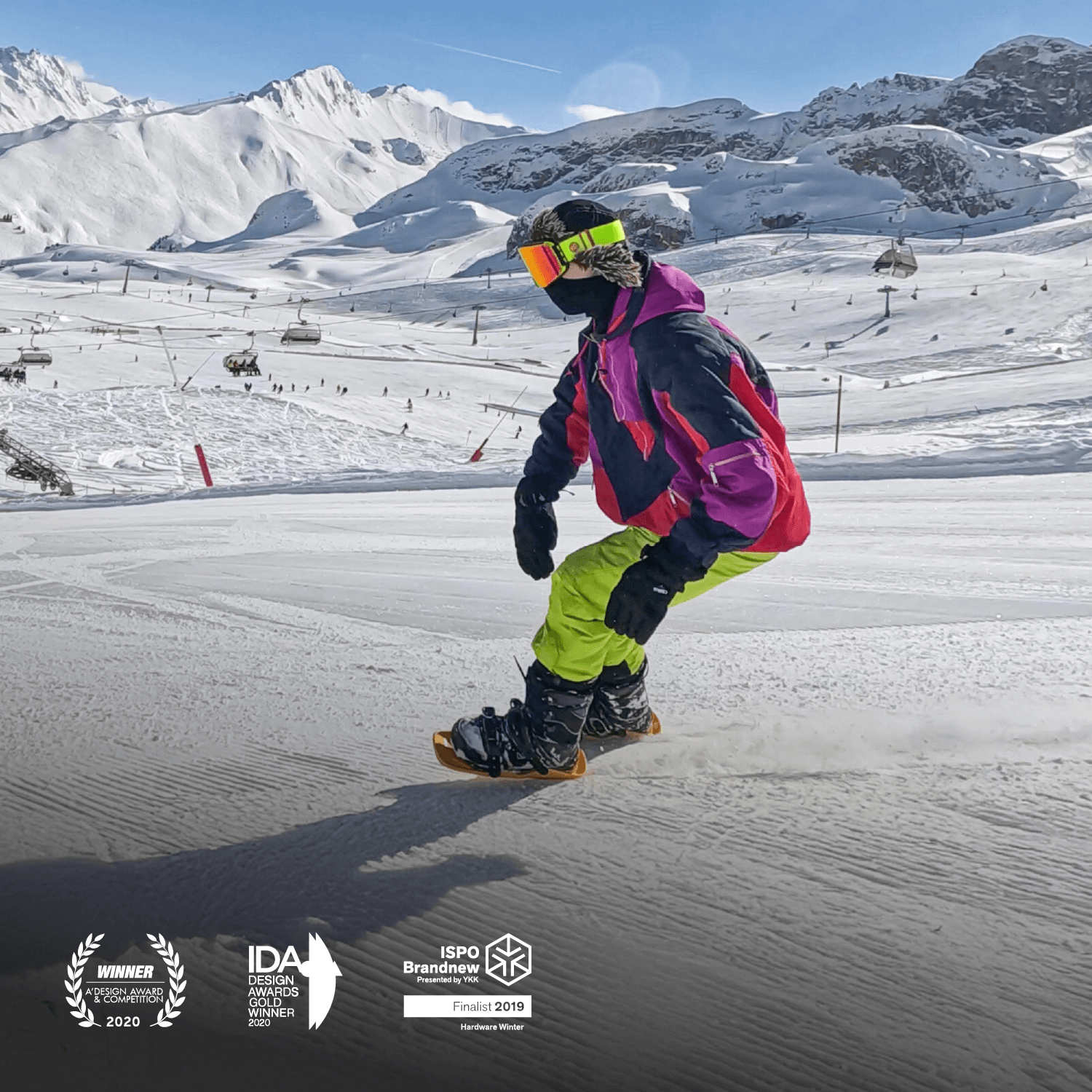
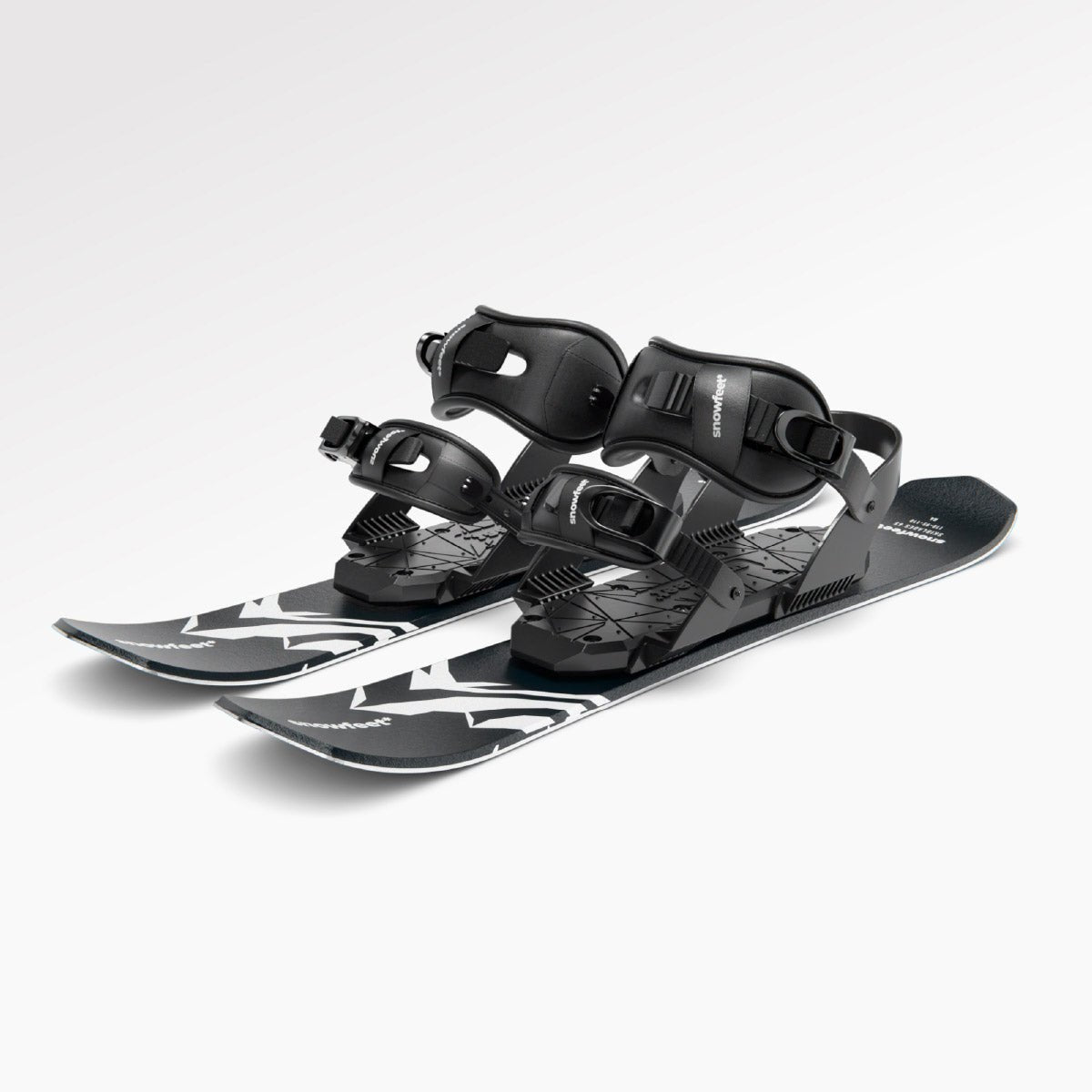
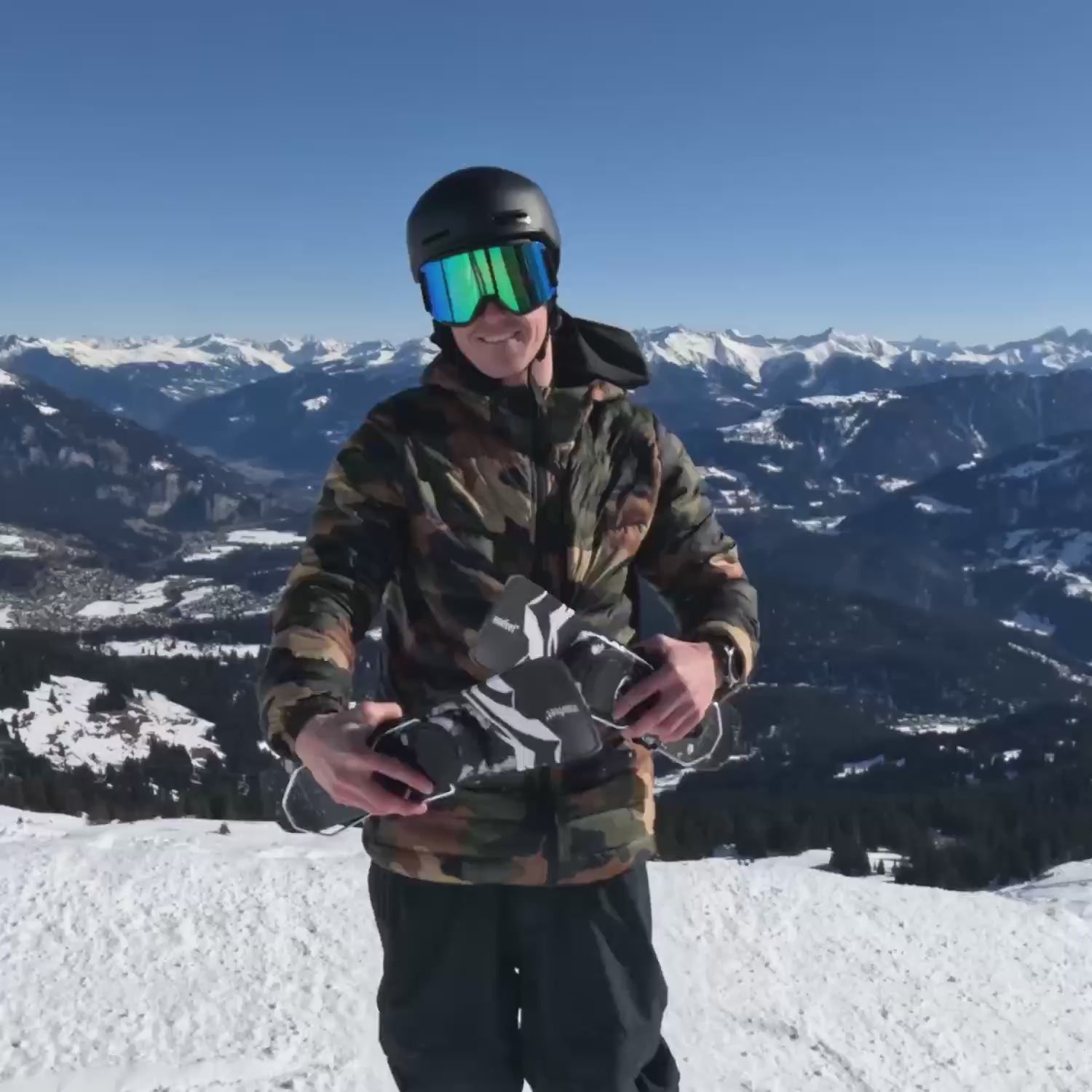
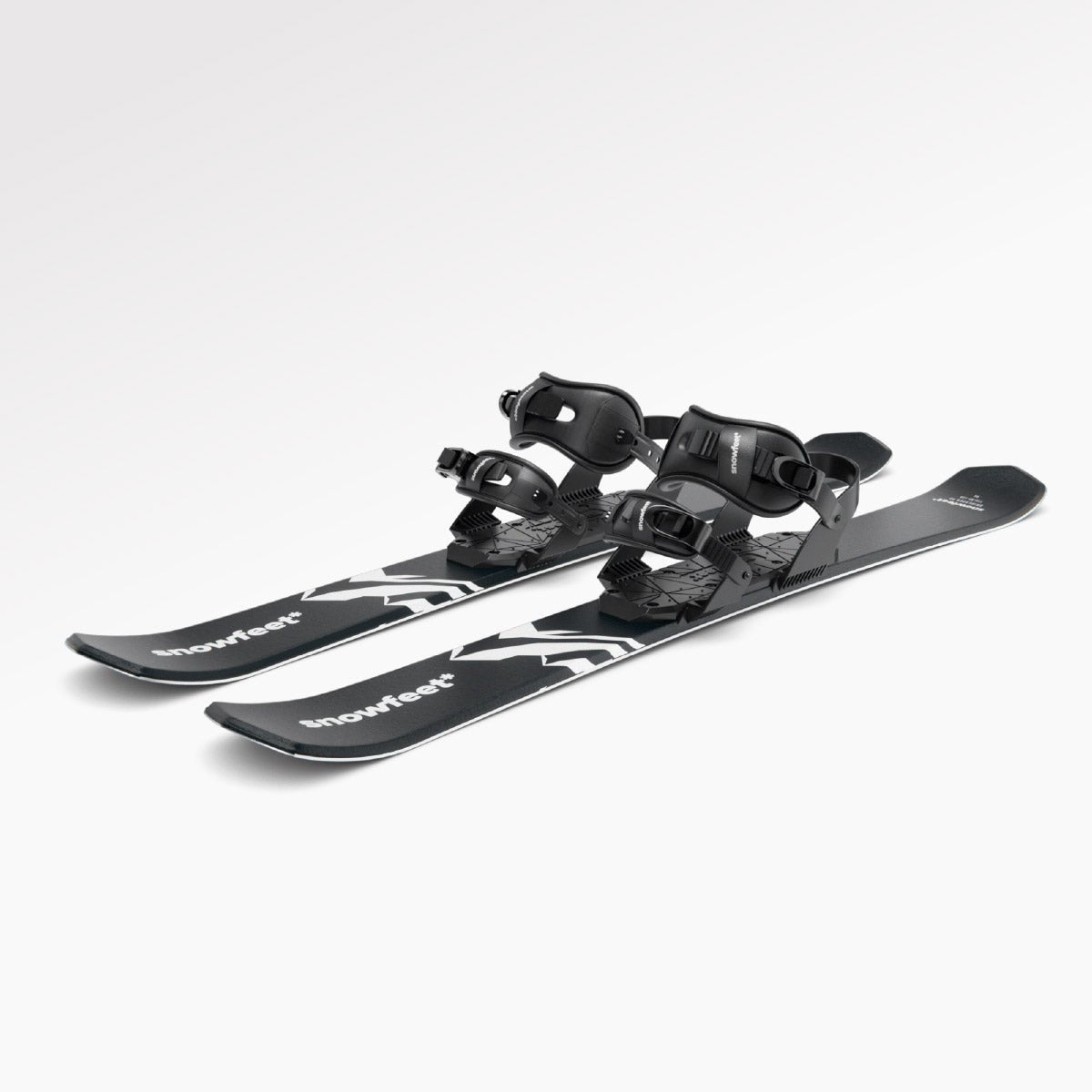
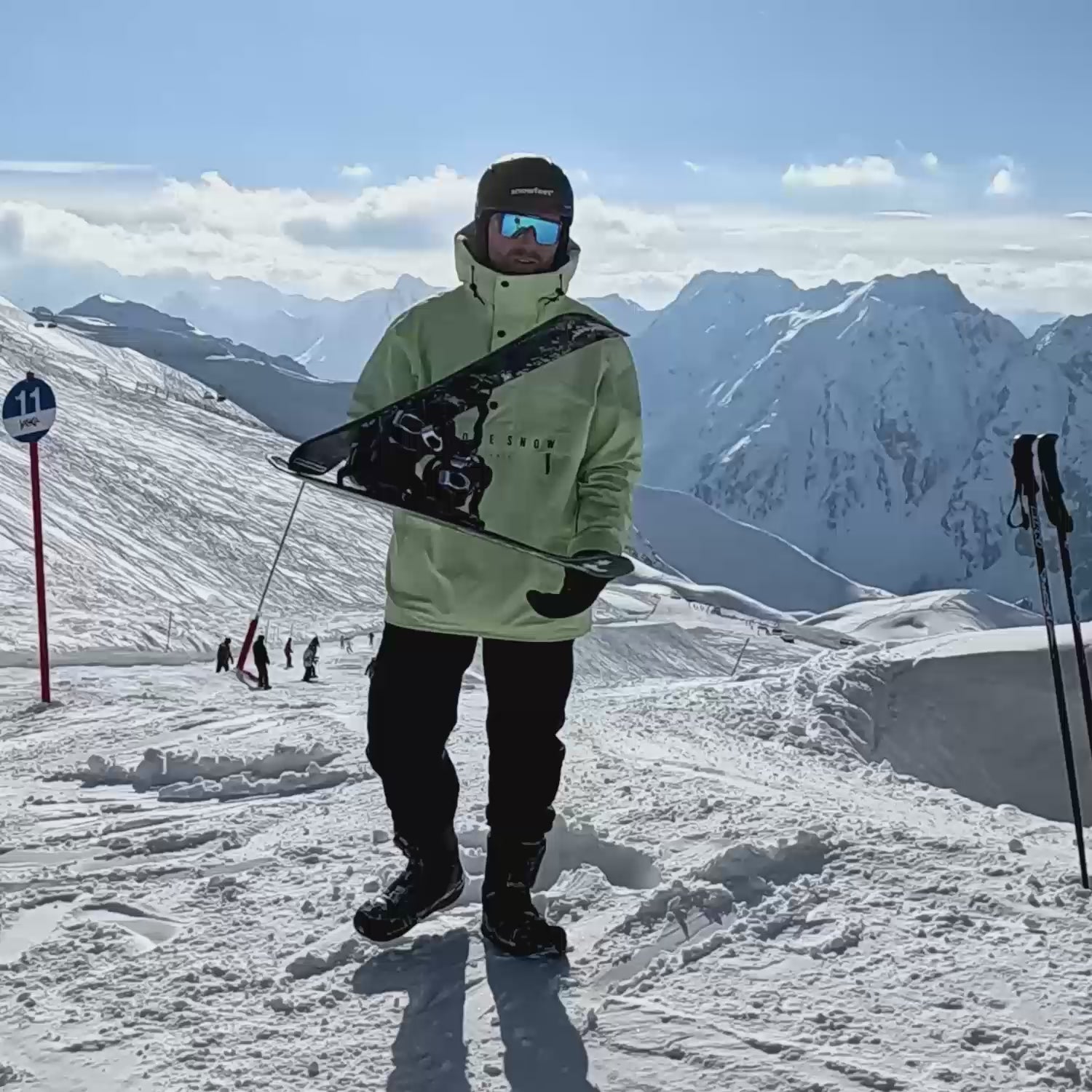
コメントを残す
このサイトはhCaptchaによって保護されており、hCaptchaプライバシーポリシーおよび利用規約が適用されます。